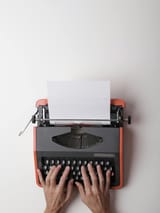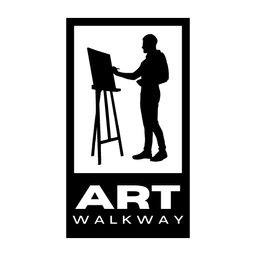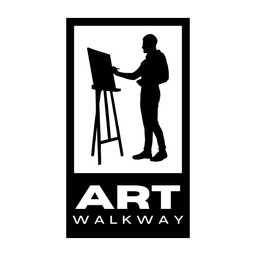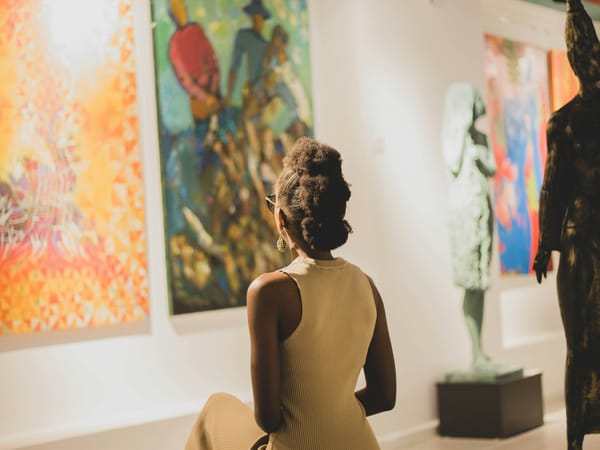Curator's Dilemma: Can AI Make Art?
As AI enters the museum, curators face the hardest question of all: where does creativity actually live?

As artificial intelligence transforms how images, words, and ideas are made, museums face a new aesthetic frontier. Art critic Panu Syrjämäki examines how curators at the Museum of Modern Art, the Victoria and Albert Museum, and Tate Modern are redefining creativity itself—asking whether machines can truly make art, or merely mirror the humans who built them.
AI Didn’t Knock—It Kicked the Door In
Artificial intelligence didn’t just arrive in the art field; it barged in and rearranged the furniture. Screens glow, datasets whisper, and prompts pretend to be process. Amid the spectacle, curators find themselves in a new kind of authorship debate: when code participates in creation, where does the art actually live—on the wall, in the dataset, or in the judgment that brings the work into public view?
This isn’t a complaint about tools. It’s a question of canon. Because what museums hang, what galleries sell, and what we all agree to remember—those are not technical decisions. They’re curatorial ones.
“Good artists don’t copy.
Great artists don’t outsource.”
From Novelty to Norms: The Curator's Dilemma
Walk into the Museum of Modern Art’s lobby and you encounter a 25-foot screen that breathes text like a living organism. A Living Poem, by Sasha Stiles, generates language in real time from a model trained on the artist’s writing and MoMA’s own collection—an infinite piece that never repeats. It is a neat trick and a serious proposition: the work is less an object than a continuous act of performance by code.
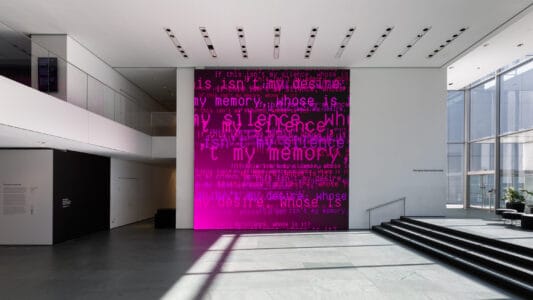
Curators are now asked to weigh work like this not as novelty, but as art. As Paola Antonelli, Senior Curator and Director of Research and Development at MoMA, told The New York Times, “The technology is not the art. In the end, it’s about the person’s creativity and vision.” In other words, intention and judgment outweigh the tool.
Across the Atlantic, the Victoria and Albert Museum has arrived at a similar conclusion. Its digital art curator Melanie Lenz cautioned that “audiences can quickly tire of works that rely solely on technological novelty.” If a piece depends on the wow of the interface rather than the why of its concept, it fades fast.
At Tate Modern, that balance has become part of the curatorial framing. As Valentina Ravaglia, curator of the museum’s Electric Dreams exhibition, told the Times, “The role of A.I.s in generating images is a cultural milestone that cannot be ignored.” In other words, the institution treats AI not as a gadget demo, but as a cultural moment demanding context.
That’s the curatorial dilemma in 2025: to sift spectacle from substance quickly enough to set baselines, yet slowly enough to keep faith with art’s long memory. “History forgives new tools,” one curator quipped, “but never forgives lazy ideas.”
Dataland and the Infrastructure of Vision
In Los Angeles, Refik Anadol is building Dataland, a museum for AI-native art with a dedicated model trained (he says) on licensed datasets. The pitch is unapologetically infrastructural: proper AI display requires power, servers, and a purpose-built stage. Traditional museums, when they host large-scale data works, often outsource computation or pare the works down into samples. Dataland flips that logic—bring the compute inside the museum so the art can live at full scale.
Let’s name what's new here. Modern and contemporary institutions have long absorbed new mediums—video, net art, VR. But Dataland proposes a museum whose core collection is not static objects but running systems. If it succeeds, curators will be asked to evaluate models and datasets the way they once evaluated materials and provenance.
“This is not just a technical shift; it’s a governance shift.”
Curators will need fluency in model training, licensing, and dataset ethics to make the most basic judgments about artistic merit and public responsibility.
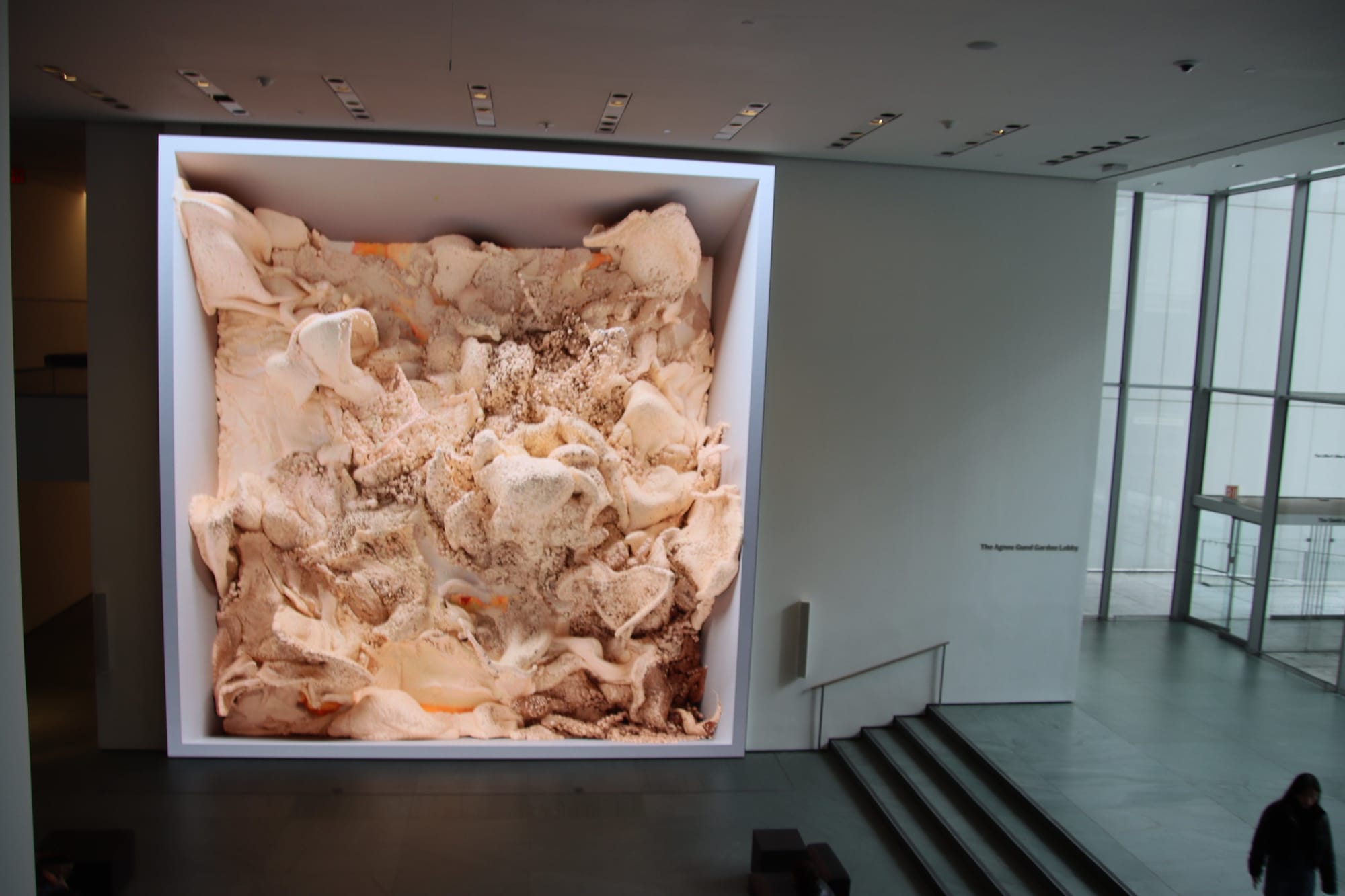
London’s Tightrope: Innovation Without Losing the Soul
London has already been living with the market consequences. As I argued in “London’s Art Gamble,” the city has leaned hard into innovation—from Frieze’s digital push to auction houses like Phillips foregrounding AI-assisted work—to attract younger buyers. It’s an understandable strategy in a market that risks aging out. The question is whether novelty converts to attachment.
Sougwen Chung’s robot-assisted drawings—made with a system trained on her own mark-making—provide a useful counterexample to prompt-only image generators. Here the machine becomes an extension of a personal grammar, not a substitute for it. That’s the frontier London should champion: AI as a craft amplifier with an identifiable human voice.
The risk is obvious. Chasing the next tech-forward headline can flatten discernment, replacing artist narratives and curatorial rigor with platform spectacle. If London wants to lead, it must show how human intention shapes the machine, not the other way around.
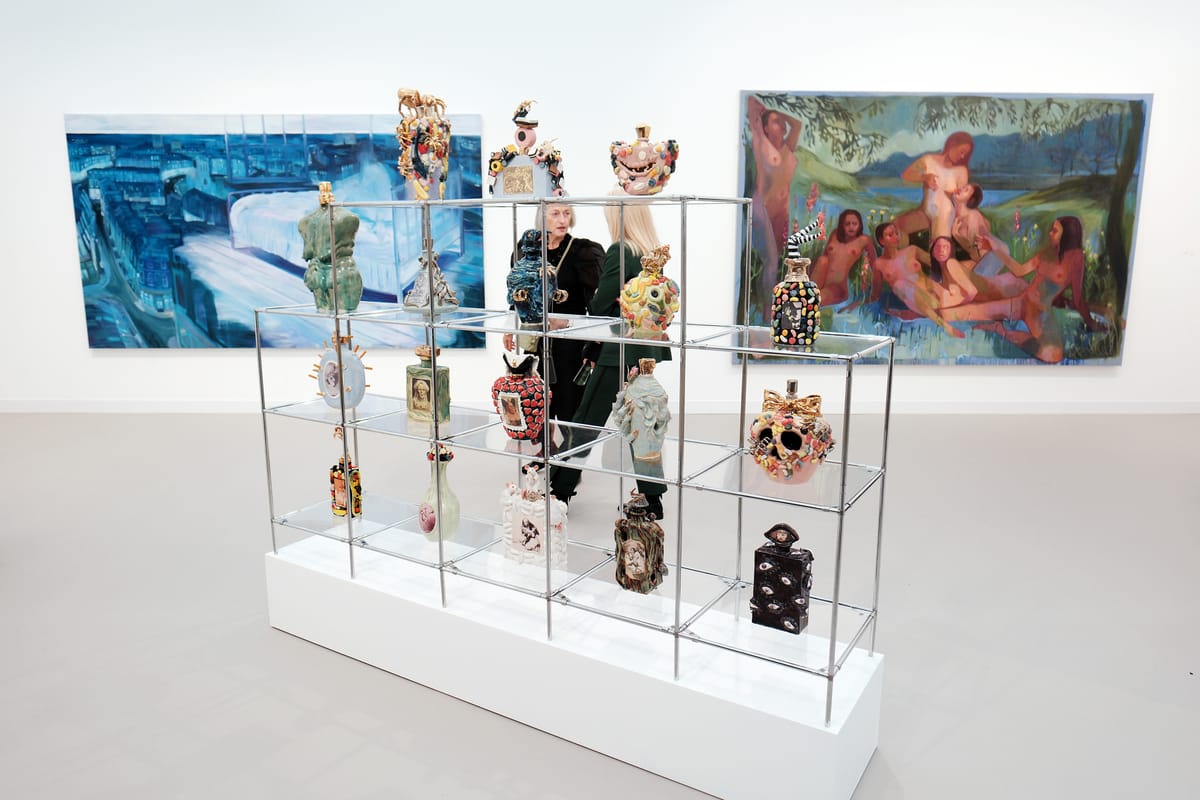
Everyone’s a ‘Artist’ Now: A Reader Fires Back
Earlier this month, a working artist wrote in our Flash Grenades series:
“Typing a prompt into a machine does not make you an artist. It makes you a user of a tool—nothing more.”
“I’ve paid for education, sacrificed years, and built a practice. Watching someone upload an AI image and claim authorship is offensive. Art is born from struggle, emotion, and intention.”
You don’t have to agree with every punch of that paragraph to hear the nerve it hits. What the artist objects to isn’t software—it’s title inflation. When “creator” becomes a role anyone claims after 30 seconds of prompting, the word loses its weight. And when the market and media reward speed, the temptation to call use by the name of authorship grows.

When the Law Agrees With the Curator: No Human, No Rights
Courts, for now, side with the curators. U.S. rulings this year reconfirmed a blunt position: works made without human authorship are not eligible for copyright. The Copyright Office has clarified the middle ground—AI can assist, but authorship requires substantial human contribution in the final expression, or a creative selection and arrangement that is recognizably the artist’s.
Markets, as we’ve reported, aren’t waiting. AI-generated works continue to sell, and collectors continue to test the boundaries. But curators and courts are unexpectedly aligned on the principle: AI can be a collaborator, a medium, a lens—just not the author.
Why does this matter for museums? Because authorship is a proxy for accountability. If no one is author, who answers for the work? Who explains the training data’s omissions or the model’s biases? A label that reads “author: system” is not transparency—it’s a shrug.

Fragmented Worlds, Shared Questions — Context Is the Medium
The AI debate never landed in one “art world.” It splintered, the way everything in contemporary culture does—into overlapping universes that run on different rules. There’s the market, where liquidity and visibility decide value. There’s the museum, where public trust and collective memory set the terms. The academy pursues method and critique, asking questions that may never sell a ticket. And then there’s the community sphere, where access and agency matter more than price tags or theory, where art is judged by who it lets speak.
An AI work can drift between these worlds like a migrating species. In one context it’s celebrated for its technical bravado; in another, it’s picked apart for its ethics or its absence of soul. A piece that dazzles collectors might fall flat under curatorial light. The same algorithm that thrills the crowd in a digital auction could feel sterile in a museum hall.
That dissonance is not a flaw—it’s the texture of the field we inhabit. But when these value systems collide, someone has to translate. Increasingly, that someone is the curator, standing between code and culture, trying to align the expectations of investors, audiences, and institutions without crushing the difference that makes art worth arguing about.
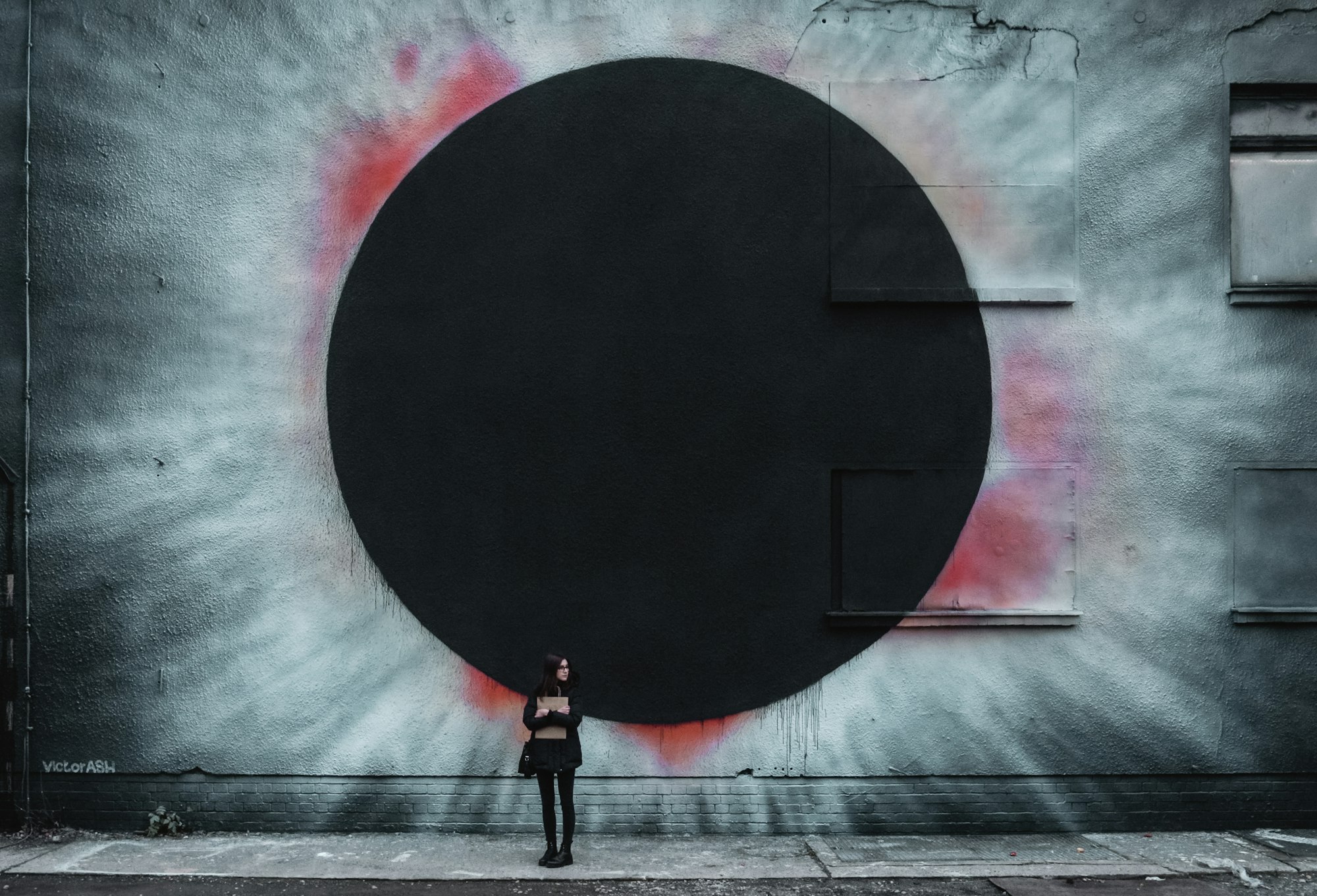
The Art Inside the Machine: Finding the Soul in the System
So where, exactly, does the art reside in AI art? Not in the button that says generate. Not in the hours of GPU computation that grind through data to produce an image. Those are processes, not gestures.
Sometimes the art is in the code itself—when an algorithm becomes a kind of score, written with the precision of music notation, translating intention into structure. More often, it lives in the dataset, not as a heap of borrowed images but as a curated memory: material the artist has shaped, filtered, and weighed with care, an act of authorship as deliberate as brush or chisel.
But the true pulse of it all lies in judgment—human judgment. The choices of the artist who defines the parameters, the curator who interprets them, the viewer who decides what resonates. Every stage asks the same quiet question: what deserves to be called meaningful?
That is why process transparency matters. When artists share their dataset logic, their training limits, their rules of selection, they are not performing disclosure for compliance—they’re doing what artists have always done: revealing how thought becomes form, and how intention survives the machine.
A Curator's Checklist: How to Keep the Human in the Loop
With a background in machine learning, I understand the thrill of a good model and the discipline of a well-curated dataset. I’ve also seen the blind spots: algorithmic bias that erases non-Western traditions, aesthetic homogenization disguised as “style transfer,” and the seduction of scale where more images are mistaken for more meaning.
Here’s the working standard I propose for institutions:
- Demand human intention you can point to. If the artist can’t explain the idea in terms beyond “I prompted it,” pass.
- Ask for dataset ethics, not just model specs. Where did the data originate? What was excluded and why? What permissions exist?
- Reward craft in the loop. Works where AI extends a personal practice—like embodied mark-making, choreographed robotics, or iterative code—carry authorship forward.
- Label for literacy. Exhibition texts should teach visitors how to see AI works: what changes live, what’s precomputed, what’s stochastic.
- Preserve more than outputs. Acquire systems documentation—versioned code, dataset manifests, and instructions for future re-runs—so the work remains interpretable over time.
This keeps the door open wide enough for innovation—and narrow enough to keep authorship human.
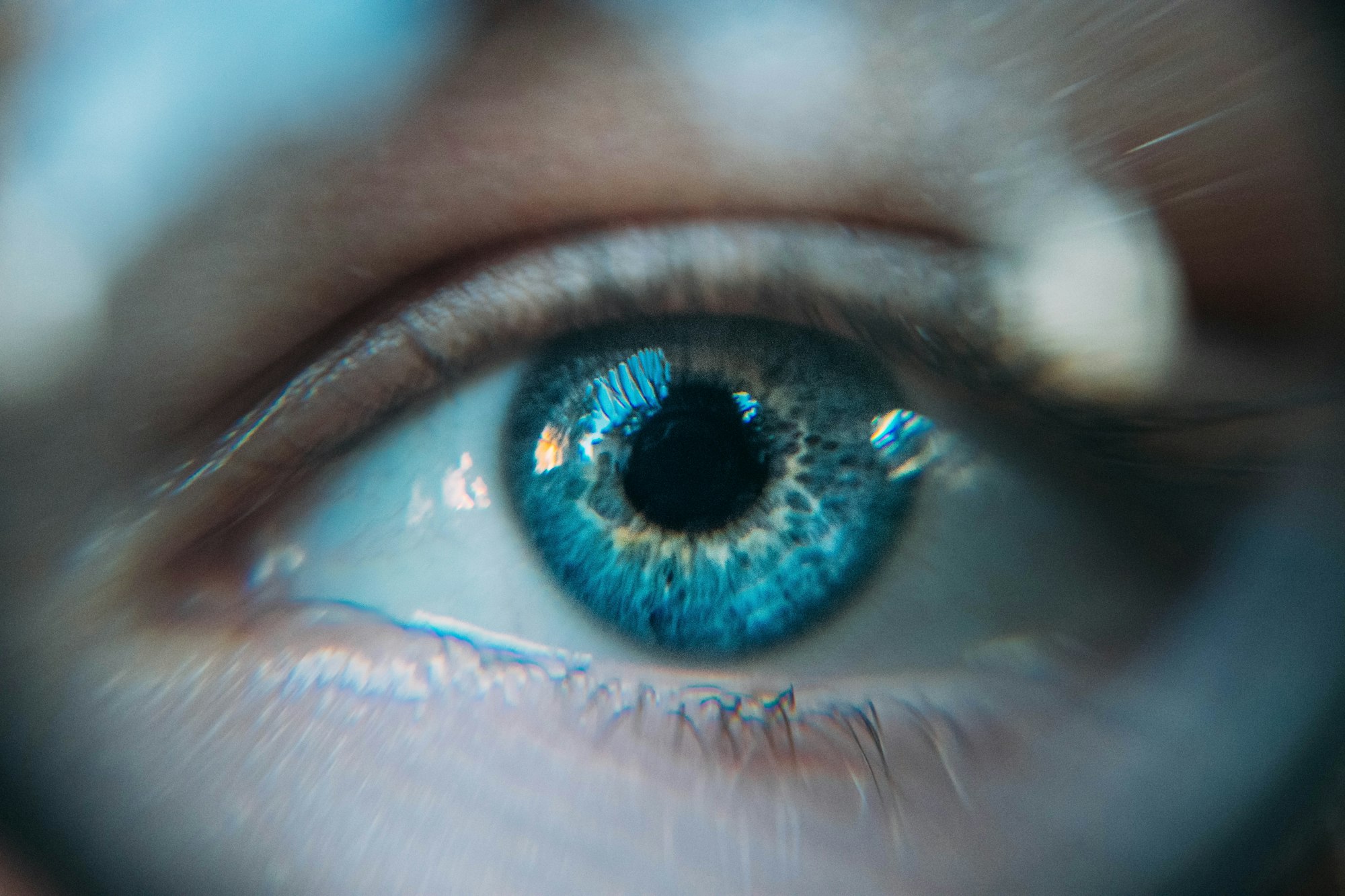
Museums Don’t Chase Trends—They Build Memory
Markets will do what markets do: chase attention, test appetite, codify price. Museums do something else: seed memory. When curators take AI art seriously, they are not ratifying hype; they are building literacy, protecting audiences from being dazzled into amnesia, and protecting artists from their tools becoming their replacements.
If there’s a lesson from Cubism’s scandal to its canonization, it’s not that every disruption deserves a throne. It’s that new forms become meaningful when they deepen our capacity to see—space, time, and now, systems.
AI Can Assist—But Not Author: The Future Canon Remembers the Thinkers
ART Walkway has covered the legal side (“AI Copyright War”) and the market side (“London’s Art Gamble”). The line that holds both together is simple:
- AI can assist—but not author.
- Creativity requires a person who can be accountable.
- Transparency is part of authorship in a systemic medium.
Anything less reclassifies art as output and artists as operators. That may be a workflow. It is not a culture.
“The future canon will remember who thought—not who prompted.”
Baselines for the Next Canon: Good Artists Don't Copy
We’re past the drunkenness of new tools. The hangover is over; the baselines are due.
- If your dataset is your memory, curate it like one.
- If your code is your score, publish the part that tells the orchestra what to play.
- If your machine is your partner, show us the division of labor—and show us why.
The spectacle will fade. The systems will age. What lasts is the mind on display. Curators will not be grading GPUs; they’ll be reading intent.
Good artists don’t copy. Great artists don’t outsource. And the canon we build now should reward that difference—not with suspicion of tools, but with insistence on judgment, transparency, and care.
Editor’s Note
Some exhibition and institutional details referenced here were reported internationally in October 2025. This editorial expands the debate through ART Walkway’s curatorial lens and previously published coverage.
Panu Syrjämäki, Editor-in-Chief
© ART Walkway 2025. All Rights Reserved.

